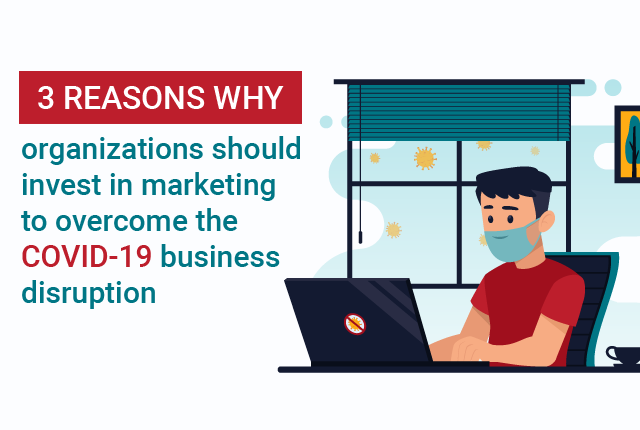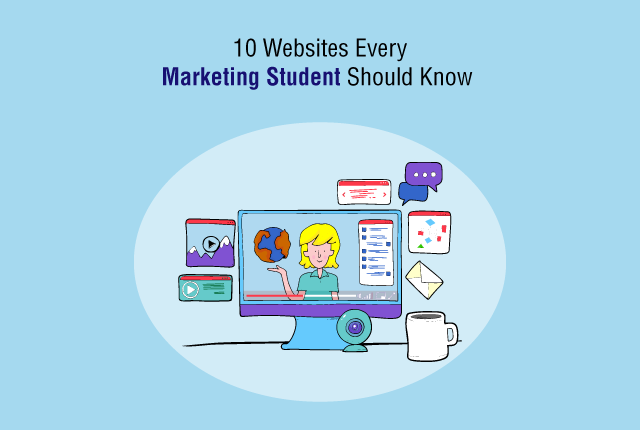5 tips to help you tackle Bounce Rate better
In the ever-changing space of digital marketing bounce rate is one of the common confusing problems you face. You might doing online marketing for your website but do you know if visitors who come to your website navigate through or leave immediately after checking the first page? If they do not stick around, you are likely to face the problem of a high bounce rate. Here’s how you can tackle it.
As an individual working in the digital marketing space, you are likely to have a fair idea about Google Analytics. It is a tool that lets you track the performance of your website. Bounce rate is a wonderful metric to know how effective your landing page is. Bounce rate can also be tracked for organic search, paid search, banner ads etc. There is a rule thumb which you should know about bounce rate. Working in a Digital Marketing Agency for the past few years, I’ve actually seen this rule work and prove itself! 50% of bounce rate for your website is considered as the average. If it increases to 60%, you should be a little worried and if the crosses 80%, then you have a major problem on your hands and you really need to do something about it.
Here are some quick tips to help you understand what your website needs to be checked for to reduce its high bounce rate.
- A site with heavy flash, tables, frames might work fine with high speed internet, but this can be a problem if the visitor is using a slow speed connection. There is a high possibility that the visitor will leave the page without viewing it. The only way you can find out if this is happening is by checking the analytics tool for the type of connection that visitors to your site are using.
- Another issue can be due to browser. The web developer who has built your website might have worked on Fire fox or on any one certain browser and may have failed to check the performance of the website on other browsers. As a result, your website will work fine on only one browser and ends up being a tedious trouble for someone trying to view it on another browser. Checking your analytics tool for break-up of browser types used to view your website can help you tackle this issue.
- If your website is targeting the wrong keywords and is ranking high for those wrong keywords on the search engine, the visitors will not find anything relevant on your website and will bounce back. So before targeting keywords, be sure to check if your website has detailed information on those targeted keywords.
- Confusing navigation can also lead to high bounce rate. This is one of the reasons you need to have simple, smooth and clear navigation. Linking the webpage to another relevant page will help reduce the bounce rate. The main intention of navigation is to give the visitor the extra, relevant information that he finds useful.
- Overcrowding your website with unrelated images can lead to an increase in bounce rate. This is because the visitor will not like unrelated images on website and will react negatively by just leaving the page and increasing the bounce rate of your website.
These are some of the basic tips that you should know about bounce rate to make your website user-friendly. Using bounce rate metrics can help to track the visit quality of your website and we all know that in the end, quality visits are the only ones that get converted to a valuable leads or business. A good learning of analytics will only come through daily practice of analyzing your website performance. And if you’re looking for someone who can do it for you, a reliable Digital Marketing Agency like Ethinos Digital Marketing can surely be the answer to your problems with its professionals who have a few years of experience and an enthusiasm to leverage it to your benefit.


what do you think?